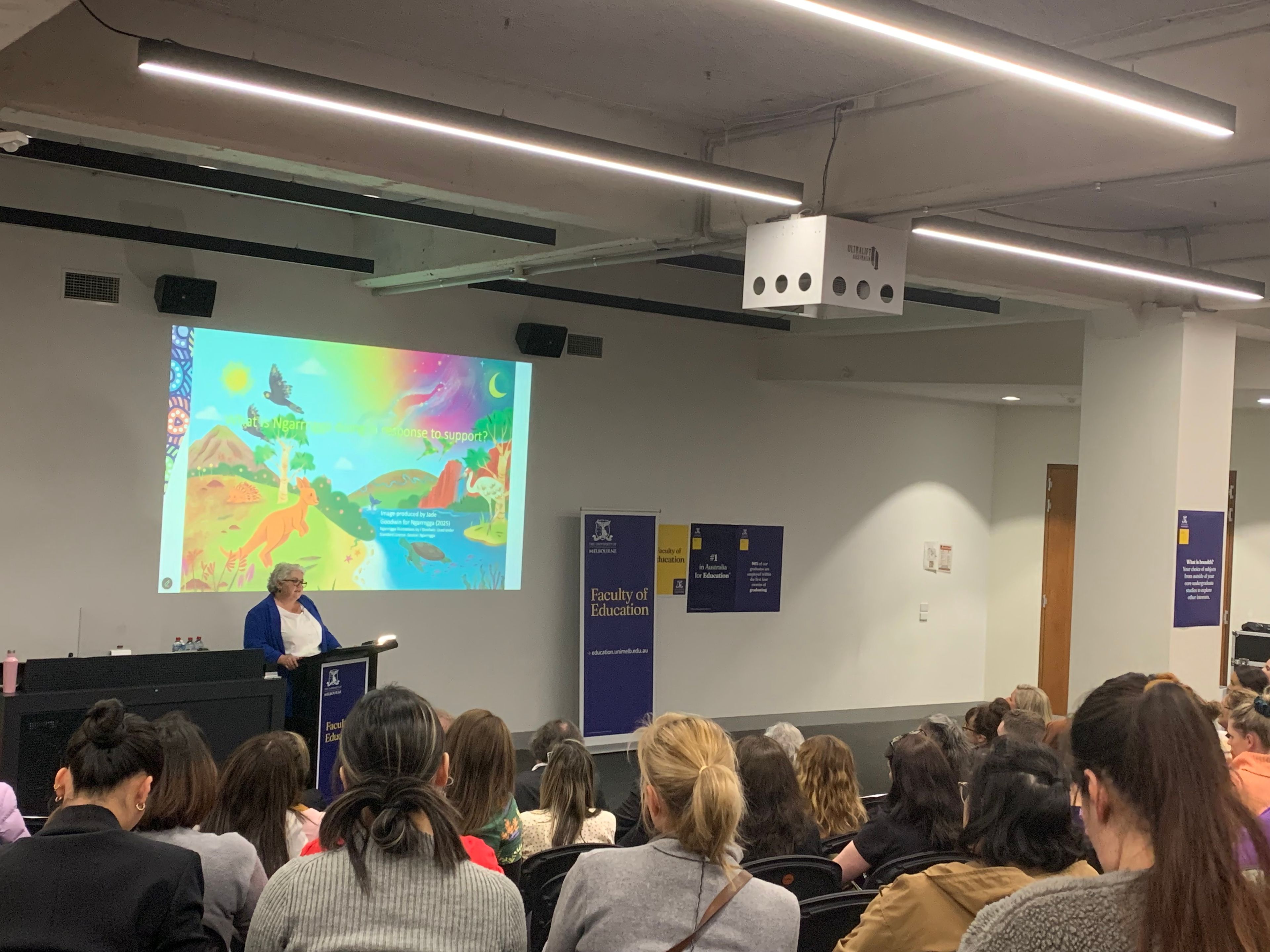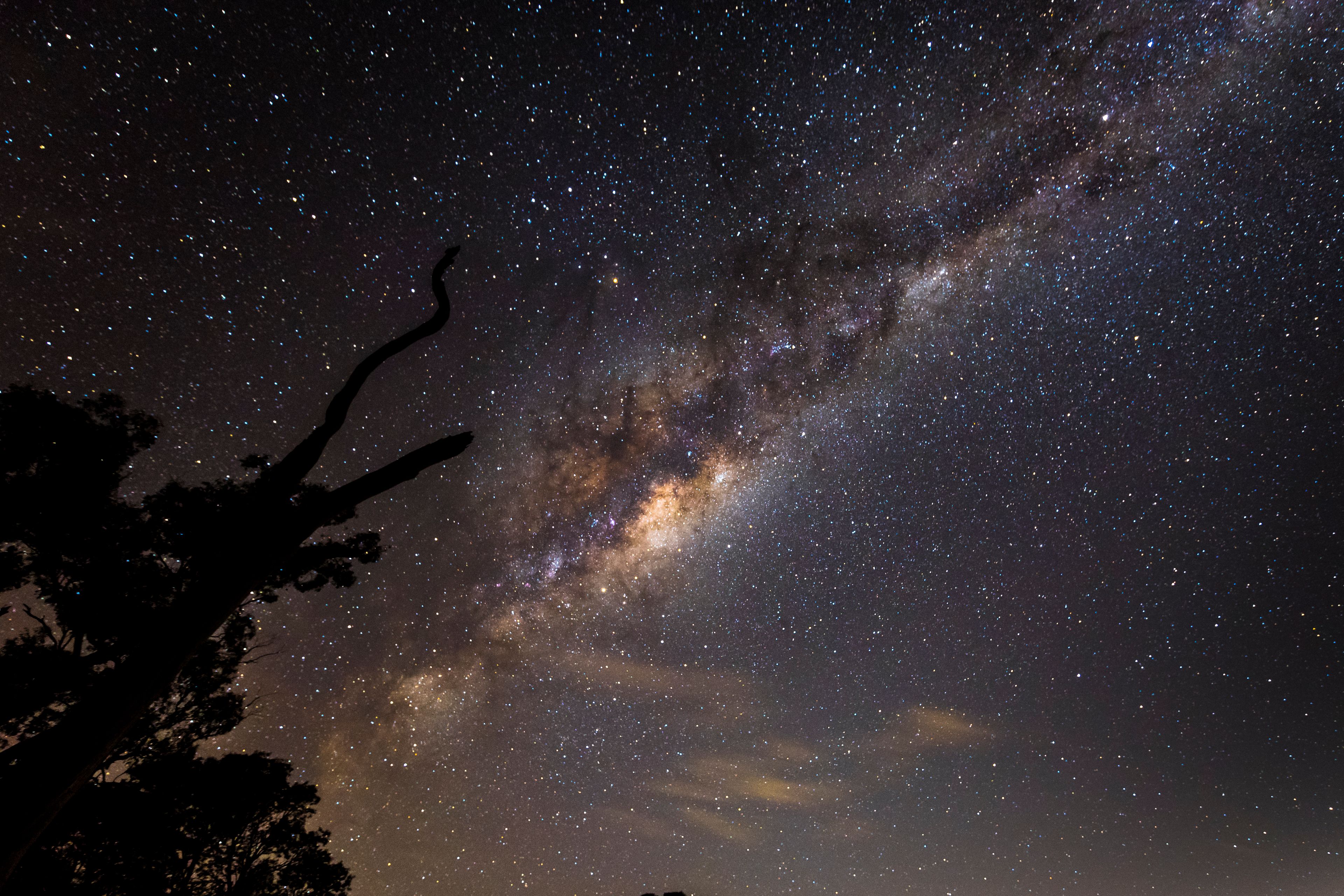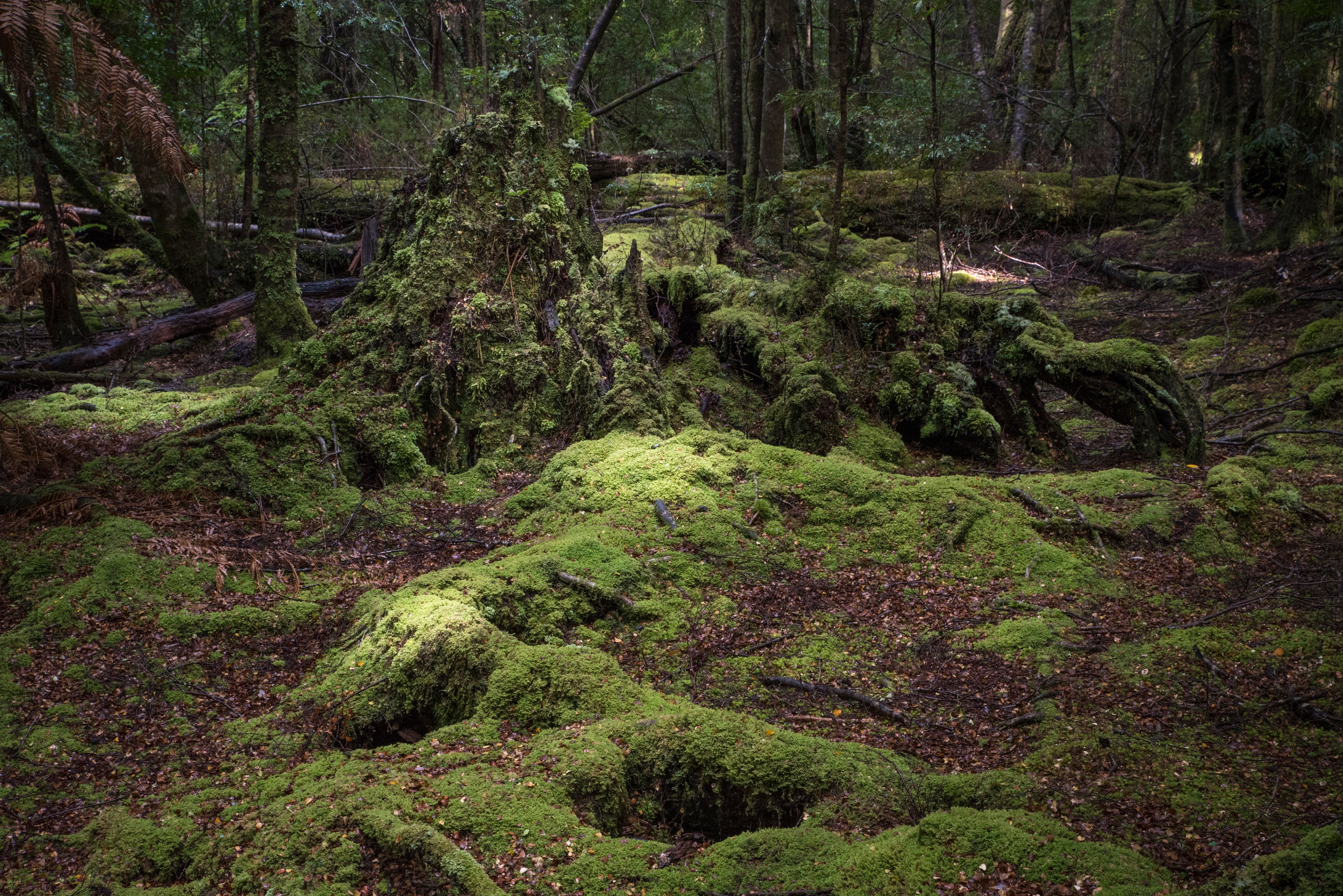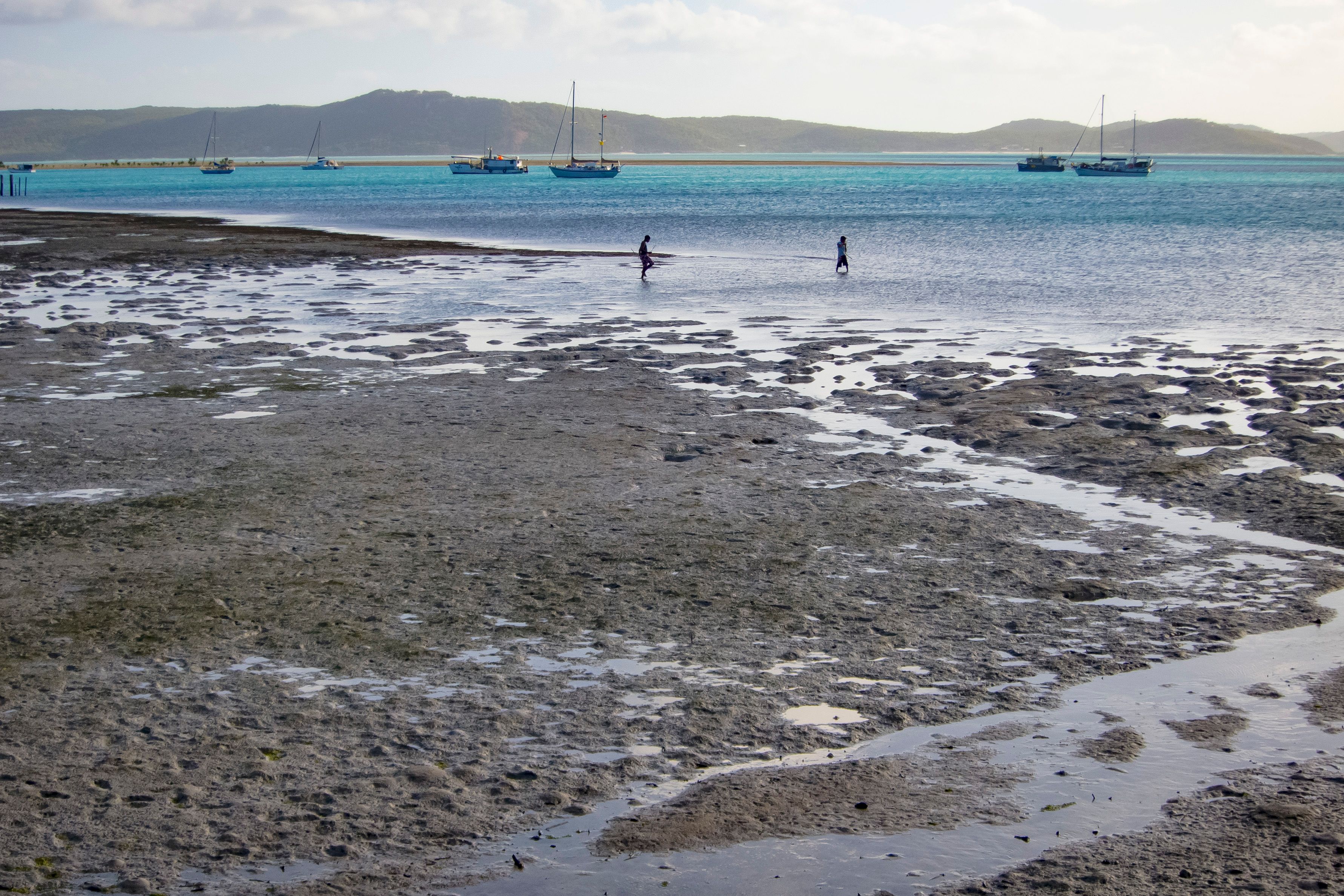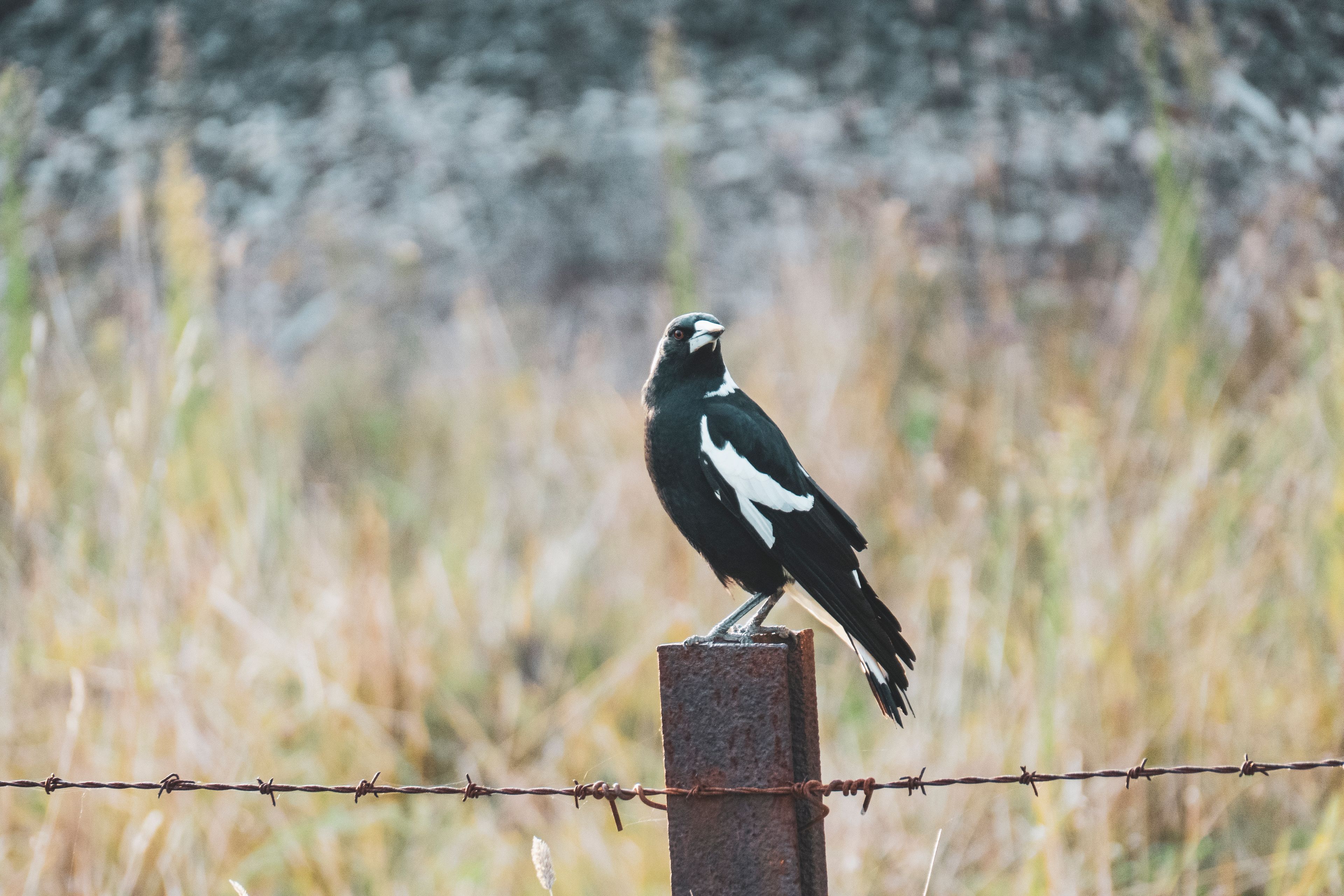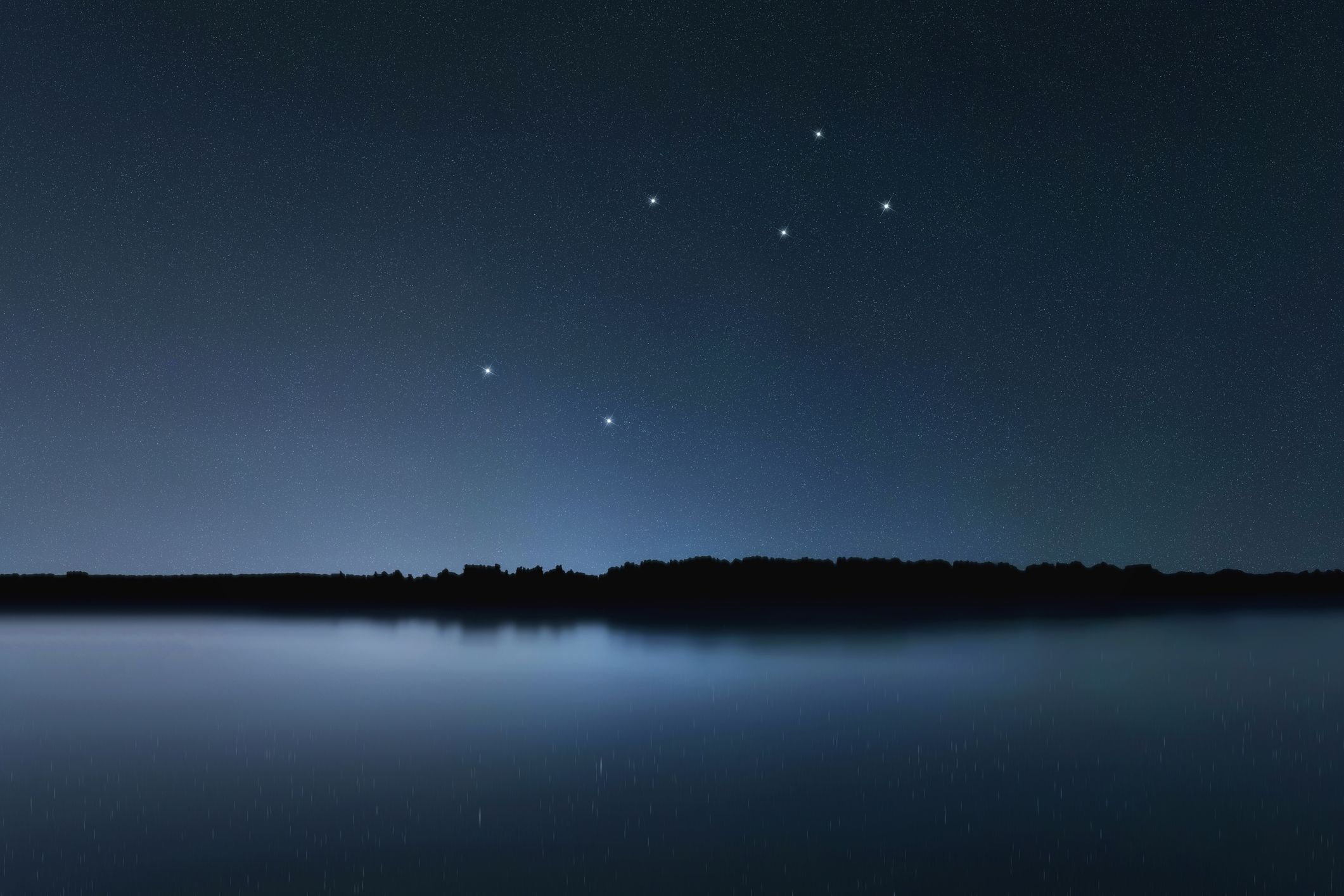Home/Stories and news/Meet architect, anthropologist and educator Paul Memmott
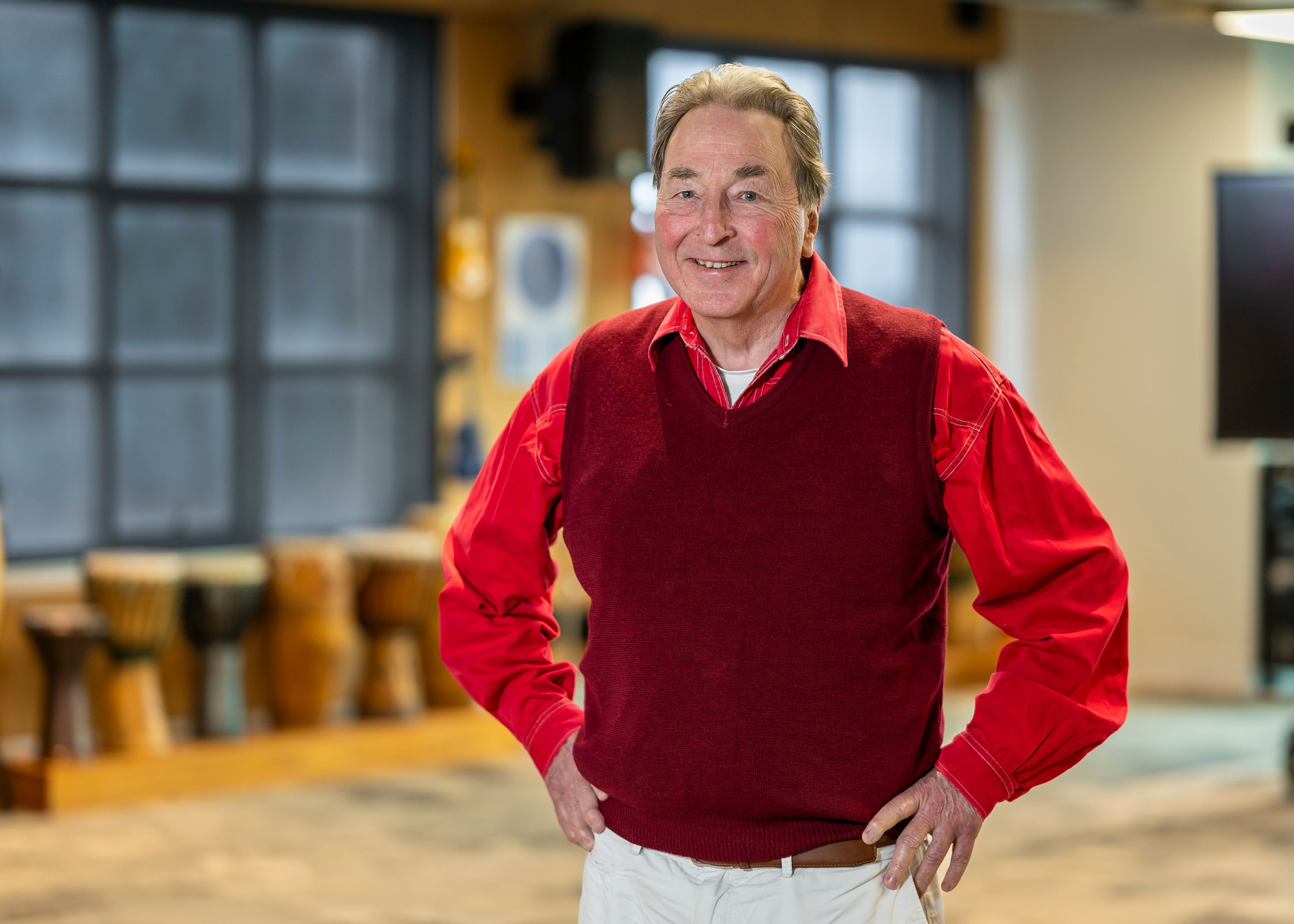
Meet architect, anthropologist and educator Paul Memmott
Associate Professor Paul Memmott, Narrm, Wurundjeri country. Tiffany Garvie. Source: Ngarrngga. © The University of Melbourne 2023
Back in the 1970s, while his peers were studying classical architecture abroad, Paul Memmott was hanging out on Mornington Island in the Gulf of Carpentaria, learning about architecture and spatial design from Lardil Elders.
“I was working with old people in their 70s and 80s who had lived a traditional lifestyle,” he reflects. “I was privileged to be able to walk and map country with them, building an understanding of their use of place, campsites, shelters and bush resources.”
Paul has taken the road less travelled ever since. Currently a Professor in the School of Architecture at the University of Queensland’s Institute for Social Science Research, he credits that early experience up north as sparking his “life-long urge” to advocate for greater understandings of, and respect for, Indigenous Knowledge systems.
As an architect, anthropologist and educator, it’s a mission that has rippled across all the fields of Paul’s work.
Take the time in 1990 when Paul was invited to speak at an international architectural history conference.
Amidst plenaries on the history of bungalow-style housing in California and Gothic cathedrals in Paris, Paul’s talk was about Aboriginal fringe camps.
“That was considered extremely radical!” he recalls.
“It was my start in reforming the profession of architecture, and since then it’s been like chipping away at a brick wall. It's taken 50 years of my professional career to get to the point where it’s now laterally spreading into what I call ‘a tsunami wave’ of reform.”
One of those reforms is a shake-up of the professional registration process which now requires would-be architects to demonstrate competencies in engaging with Aboriginal communities and knowledge about building on Country. It was achieved through tireless advocacy of the First Nations Advisory Committee to the Australia Institute of Architects – a body Paul co-chairs with Palawa architectural practitioner, academic and writer Sarah Lynn Rees.
“Those skill sets now have to filter down into all the architectural schools in Australia and become part of their curriculum,” explains Paul. “So we’re effecting a huge change in the profession.”
A new school of thought
Paul also sees the potential of creating profound cultural change through education. His first teaching stint was in around 1973, and throughout that decade he taught right across remote and urban Queensland.
“I had no difficulty engaging the children with understandings of Aboriginal culture,” he recalls. “There are those more easily accessible lessons that can be taught like how is dugong hunting carried out, how did Aboriginal people hunt kangaroos with nets, how did they catch flocks of pigeons and so forth… but once you hook the children on those things, then you can start going into more profound aspects of the culture.”
Paul found ways to showcase many facets of Indigenous Knowledge in his classroom: “We covered deeper learnings about the religious beliefs, social organisation, how the kinship system extrapolates into the skin system… so that there is a different way of thinking about your role in society as well as a group’s social purpose.”
“That’s just one example of where you can go with material. Or it could equally cover more profound lesson on dark holes in the sky and how they are embedded into Aboriginal sacred histories.
“I don’t think there is any difficulty engaging with primary school students if you’ve got the materials to do it, and feel confident."
"I’d encourage all teachers to get on board with this project and with educating children about Aboriginal and Torres Strait Islander cultures and histories because they’re a very important part of our society.”
Ngarrngga – the disruption we urgently need
“One of the reasons Ngarrngga is very timely at the moment is climate change,” he says.
“Clearly old people like me have stuffed up and have left a legacy for the future generations that is going to be very difficult to deal with.
"What cultural practices and knowledge of First Nations People can be used in equipping the younger generations to deal with more extreme climate?"
“Embedded in those ancient Aboriginal histories is this whole experience of dealing with past climate change that we need to tap into; a lighter way of being on the continent that has less impact on environment, but also on climate. Some of those learnings are with us now but we need to work harder at exploring that body of knowledge.”
But for Paul, teaching the next generation about Aboriginal and Torres Strait Islander histories, cultures and knowledge systems is about even more than environmental sustainability.
“It’s also to do with Australian identity and who we are. It’s about how we respect and rejoice First Nations people.” He adds that it’s also about cultivating “a new form of respect” for their legacy on this continent for millennia.
“They’re the things that are important, in my view.”
Paul Memmott is a member of Ngarrngga’s Expert Advisory Panel (EAP). His award-winning book, Gunyah Goondie + Wurley; The Aboriginal Architecture of Australia is the only continental survey of this country’s First Nations’ innovative architecture. It explores the range and complexity of Indigenous-designed structures and spaces, from minimalist shelters to semi-permanent houses and villages. It includes a Foreword by Paul’s fellow EAP member Professor Marcia Langton AO. Read more here.
Plus, listen to a terrific interview with Paul about busting Australia's myth of 'architecture nullius' on ABC’s Blueprint for Living.
